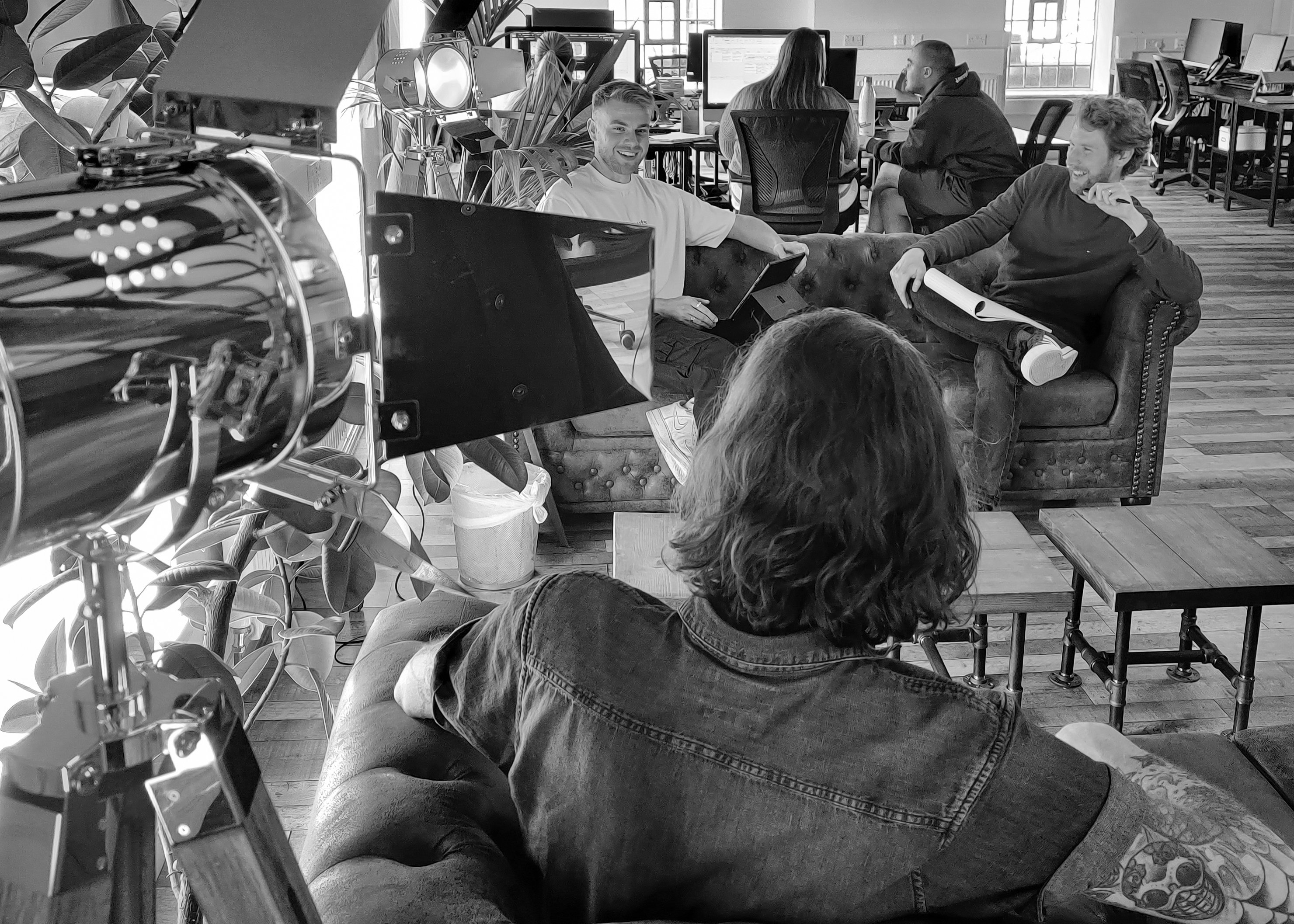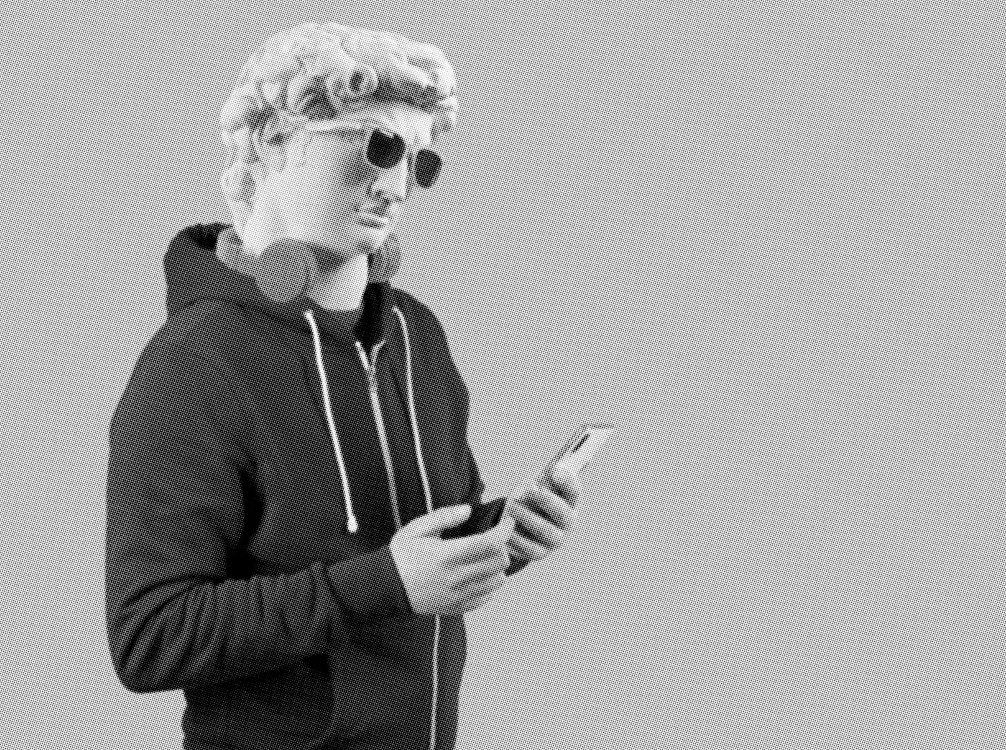WHY BLACK MIRROR’S JOAN IS AWFUL ISN’T THAT FAR AWAY
Black Mirror’s recent sixth series begins with an episode called, Joan is Awful, in which tech executive Joan Tait (Annie Murphy, of Schitt’s Creek) discovers that her life is being adapted into a television series — and she is played by an AI. Just how far off is AI-generated entertainment?
We’re already seeing the potential influence of AI in broadcast media. Earlier this year, Swiss radio station Couleur 3 did a one-day experiment where it ran only cloned voices of five human presenters, and never-before-aired music composed entirely by computers.
Members of the Screen Actor’s Guild and the American Federation of Television and Radio Artists (Sag-Aftra) recently began to draw to a conclusion its Hollywood strike. They are striking over two things — the rate of pay, and the prospect that generative AI could replace them.
American author Ursula K. Le Guin once remarked that, “If science fiction is the mythology of modern technology, then its myth is tragic.” This is just the point. If generative AI is important enough for actors to strike about now, then it isn’t some hypothetical faux villain waiting to emerge from the shadows, it is a real and present threat. An elephant very much in the room.
I’m not lining up to star in the next Hollywood blockbuster — I gave that dream up back when Avatar was still in cinemas — but I know that generative AI will gradually reshape my career in PR.
We don’t need to look far beyond Joan Tait to see the impact of AI on today’s media. A recent survey by the World Association of News Publishers found that almost 50 per cent of publishers use GenAI tools, despite 80 per cent of newsrooms having no guidelines in place for their use.
Yes, GenAI is shiny, new and becoming more popular by the day, but there is already concern among journalists and publishers about the impact on content accuracy and quality.
Back in 2016, Microsoft’s chatbot Tay gained notoriety when it accidentally began learning to use racist language after being trained on Twitter conversations. AI has come a long way since then, but can we really trust it with highly complex and technical information?
For small publishers, the GenAI itch might be too big to ignore because they are looking to cut costs and reduce the burden on human resource.
As a PR professional, my biggest concern is that we will end up shouting into the woods. Already, many of the digital and social media metrics that we measure rely on feedback from search engine bots. We know that, say, Google Analytics pulls a certain amount of data from bots, and that some of the audience will be bots scanning our client’s website.
That’s just it. Joan was at least broadcasting to a human audience. But if we reach a situation where bots are delivering content to an audience even partially made up of bots, this is the opposite of meaningful communication.
If you’re business is shouting into this void, then your marketing strategy needs a rethink.
What we rarely hear in among the GenAI hype is that humans can, and always will, deliver three essential functions that no bot can replace.
First, humans can provide sincere, informed consultation, which can help marketing teams progress and regularly update their strategies. Second, human PR professionals can develop and maintain relationships with journalists and publishers, helping companies ensure a steady flow of media exposure.
Finally, we human types are creative — we learn from our shared experiences, we instinctively know what works and what doesn’t. This is why a Chess grandmaster can still, often, beat a computer, because the human uses instinct to be creative while the computer uses mathematics.
So, who would you rather trust with your marketing strategy? The twist at the end of Joan is Awful is that Joan is an AI, playing the part of an earlier version of herself and the AI playing Joan also has a further AI playing her. This creates a vicious circle of AIs informing AIs.
If you want that seemingly infinite feedback loop to come to an end where your own marketing campaign is concerned, my recommendation is that you start at the source and speak to a human.

TECH PR AGENCY PARTNERS WITH UK'S LEADING ENGINEERING EXPO
Prev read-moreBATTLE OF THE PLATFORMS: YOUR GUIDE TO USING ALTERNATIVE SOCIAL MEDIA CHANNELS
Next read-more



